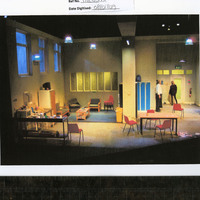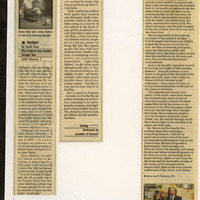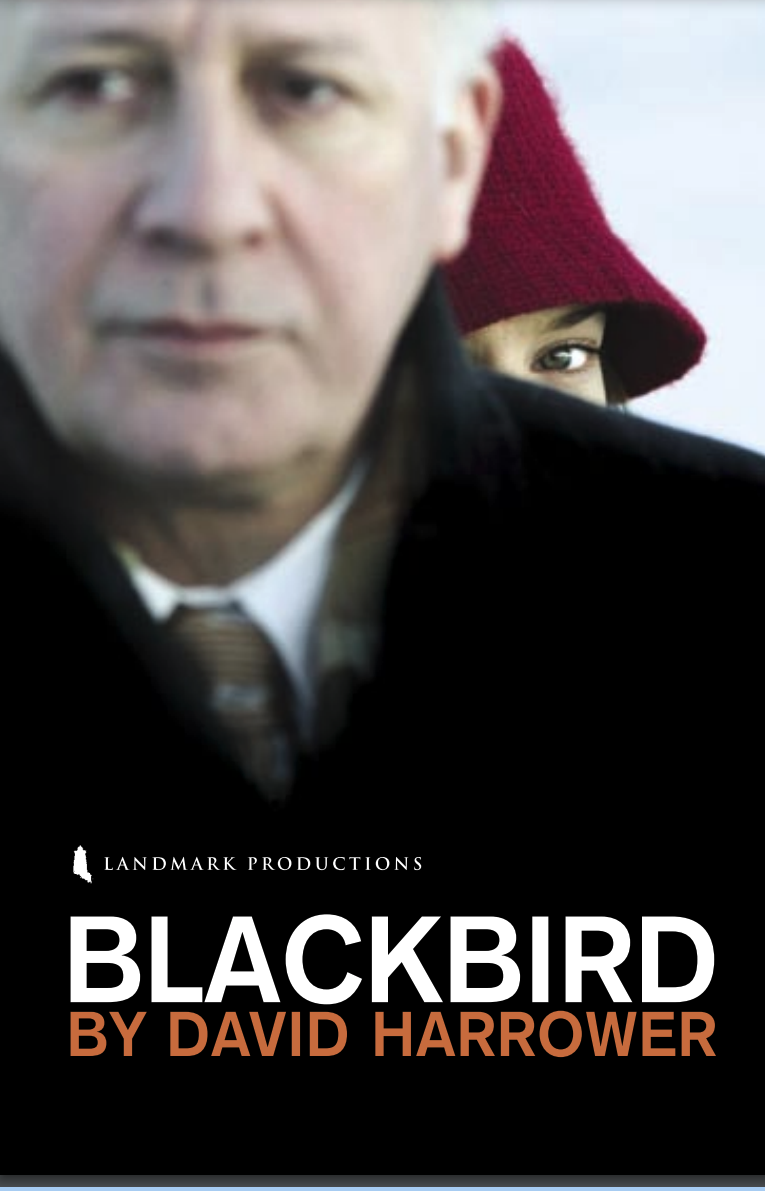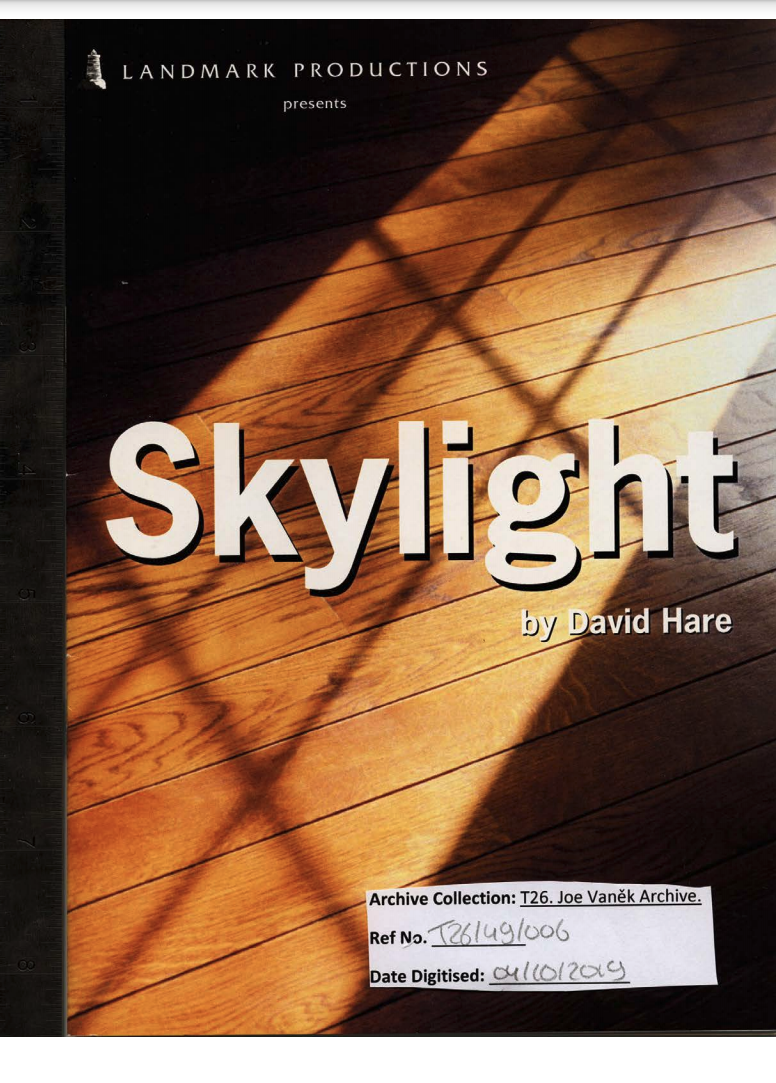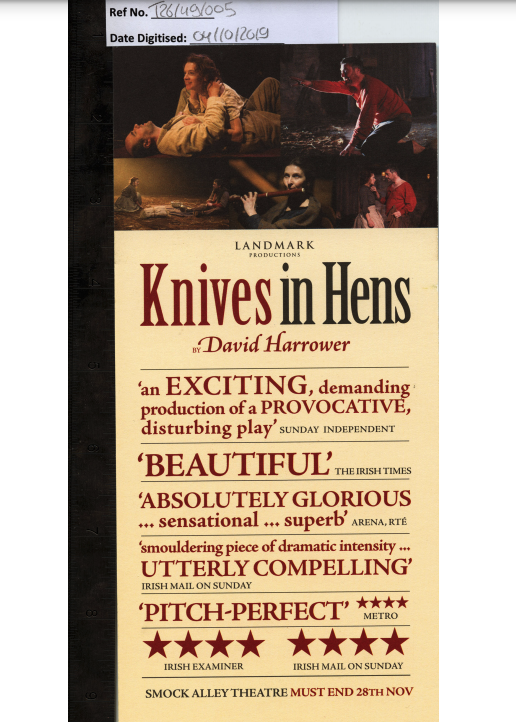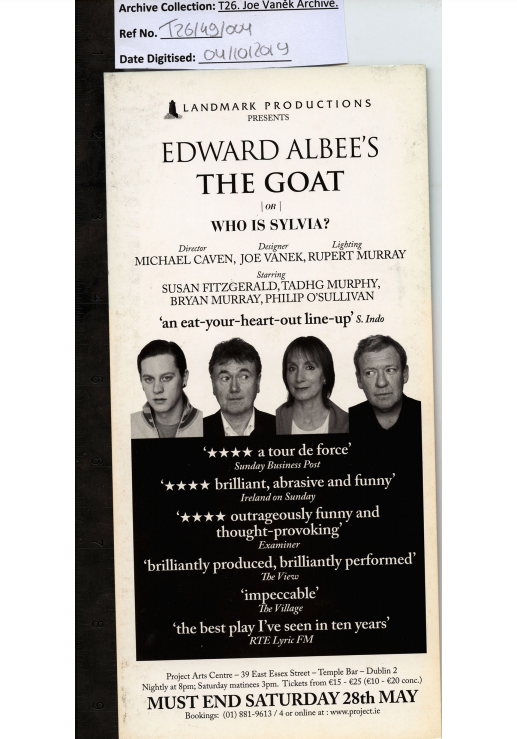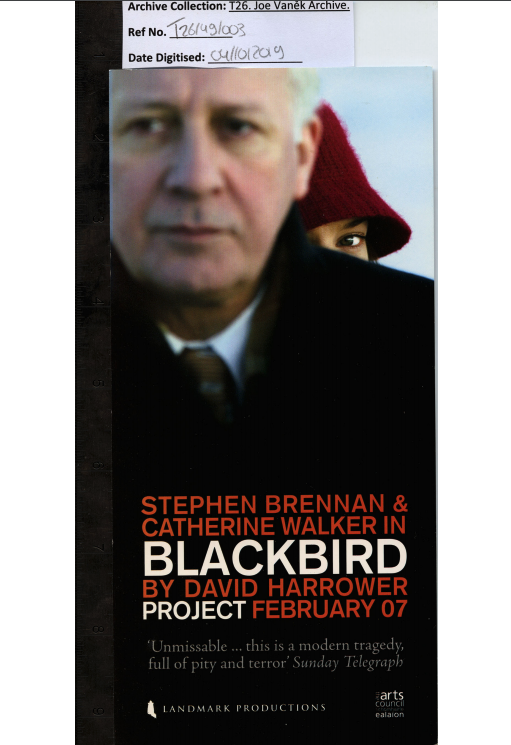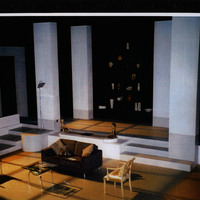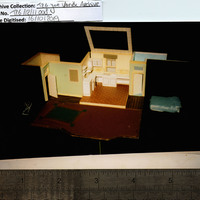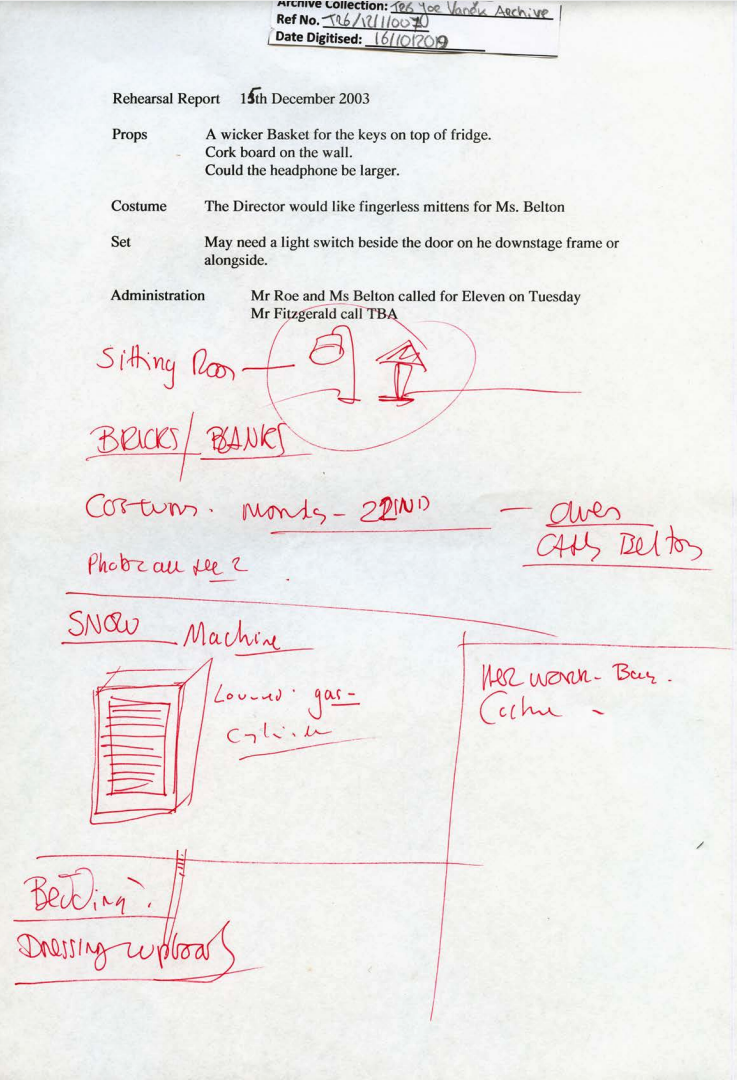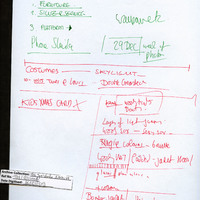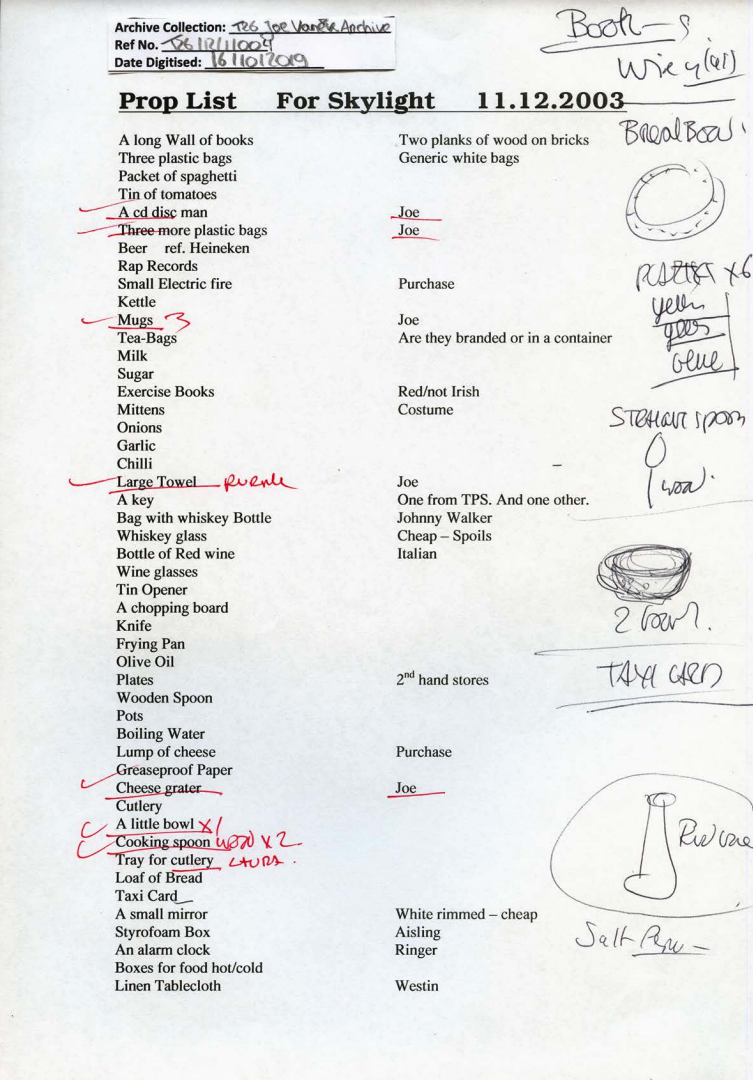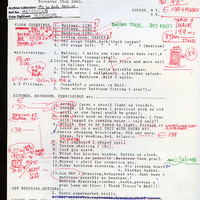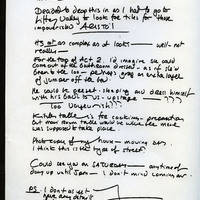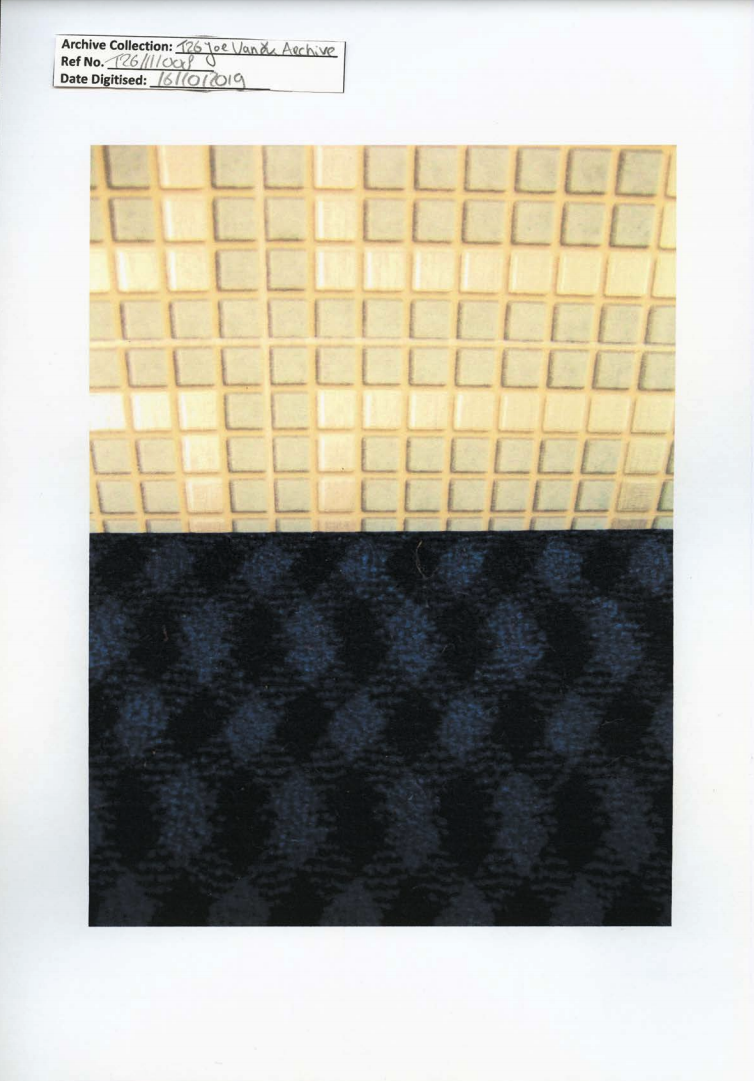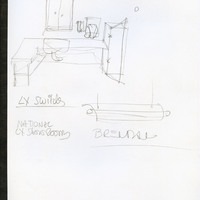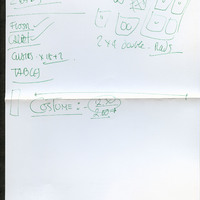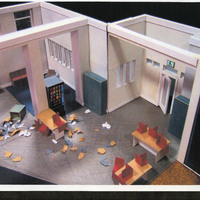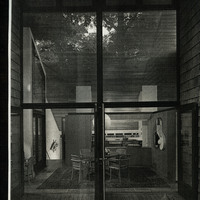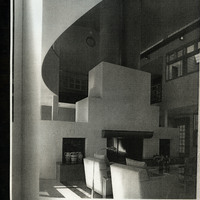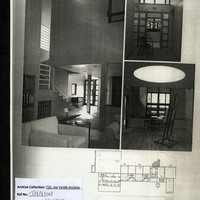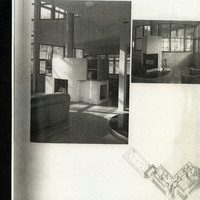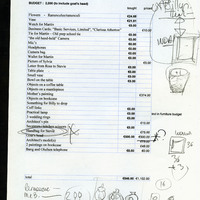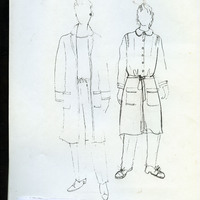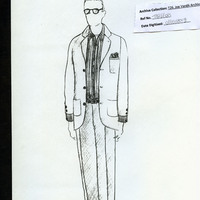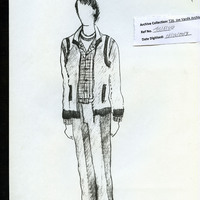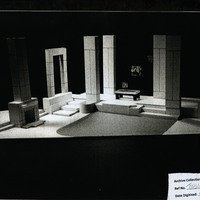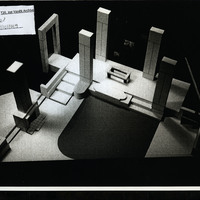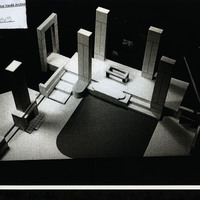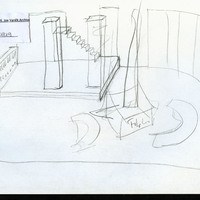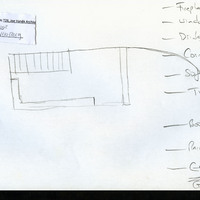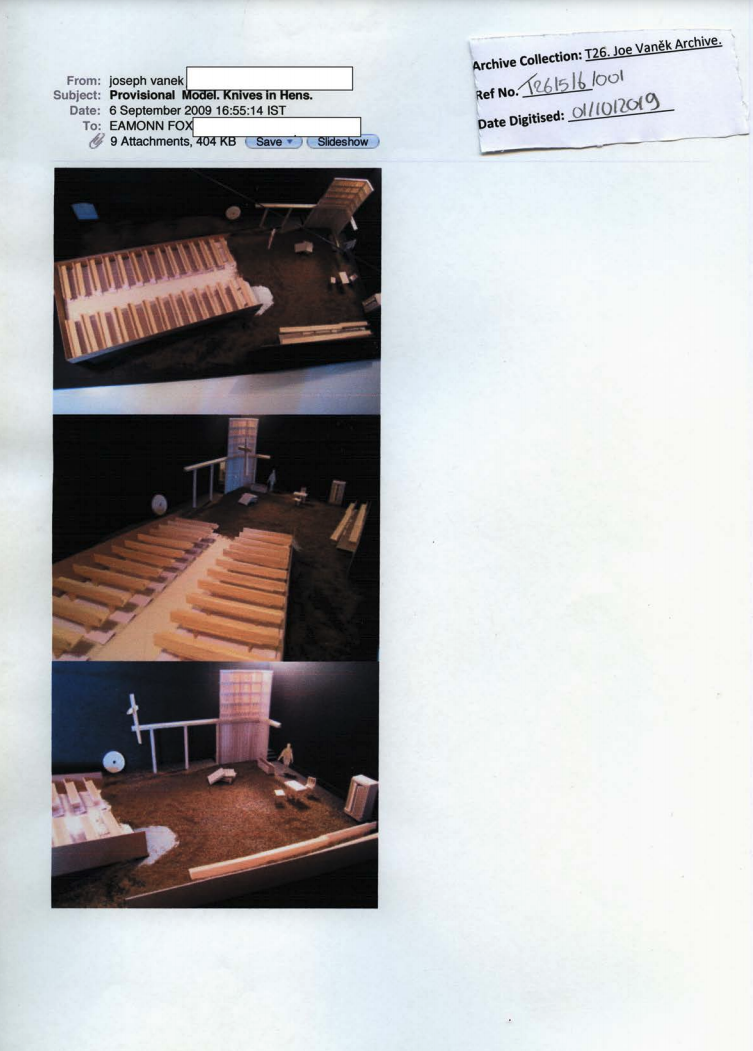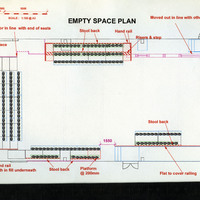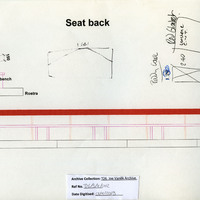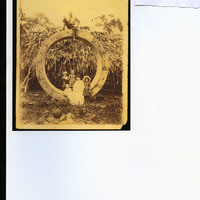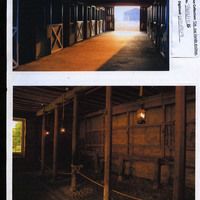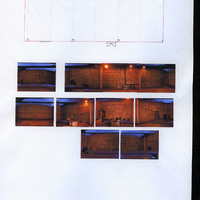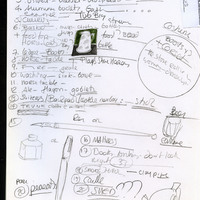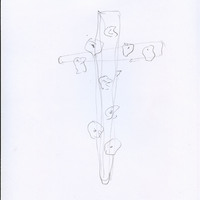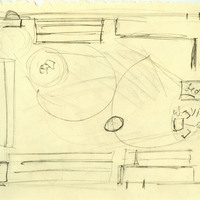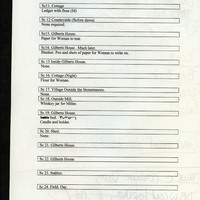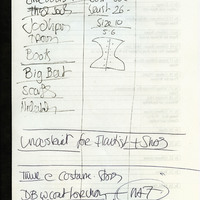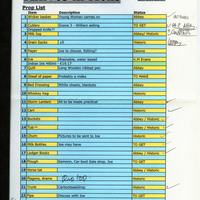Landmark Productions
David Hare’s Skylight (1995) had its Irish premiere in 2004 under the direction of Michael Barker-Caven. It was also the inaugural performance of Landmark Productions, with whom Vaněk would collaborate numerous times. Skylight is a highly politically charged play that centres around the unhappy reunion of ex-lovers Kyra (Cathy Belton) and Tom (Owen Roe). They are not only divided by their difficult past (their affair ended abruptly after it was discovered by Tom’s wife) but also their political views: Tom being a right-wing businessman and Kyra a left-wing inner city schoolteacher. Hare has his characters argue and debate their ideologies to expose the deep political schism in 1995 London. Yet, according to O’Connell’s review of the 2004 production, it is “hard to imagine an audience for whom it could have more relevance than one in post-Celtic tiger Dublin.” This is highlighted by Vaněk’s deceptively simple set, which looks like a rundown 2-room apartment. Overhead hangs the eponymous skylight, which according to McKeon: “looms like a computer monitor, over the deceptive simplicity of Joe Vaněk’s set[.]” Research notes and sketches of the set design can be found in the archive.
The Goat, or Who is Silvia is another non-Irish play that premiered in Ireland under the direction of Michael Barker-Caven. The American writer Edward Albee modelled his play after Greek tragedies and, as such, it deals with the downfall of a hero at the hand of his. own fatal flaw. The Goat follows Martin (Bryan Murphy), a successful architect, his wife Stevie (Susan Fitzgerald), and their son Billy (Tadhg Murphy) as their lives begin to unravel after the discovery of Martin’s affair with Sylvia. To add insult to injury, Sylvia is revealed to be a goat. Albee explains in the programme that, while the play discusses bestiality, it should be seen as a “generative matter rather than the subject.” The Goat’s primary aim is to explore love and loss, and its limits in a contemporary setting. This is reflected by Vaněk’s design for the 2005 production. The set looks like a highly modern and well-furnished apartment, reflecting the seemingly perfect family, which is gradually destroyed by Stevie after finding out about her husband’s betrayal. Vaněk’s research notes and visual material for this set can be found in the archive as well as information on goats.
Similar to the previous two plays, Blackbird is a non-Irish play that had its Irish premiere at Landmark productions under the direction of Michael Barker-Caven. Harrower’s play deals with sexual abuse and identity. In Blackbird, 27-year-old Una (Catherine Walker) tracks down 55-year-old Ray (Stephen Brennan), who coerced her into a relationship and sexually abused her at the age of 12. During this confrontation, it becomes clear that both characters struggle to come to terms with their past and how much this has, unwillingly, shaped their identity and lives. Barker-Caven's 2007 production was particularly poignant in the context of several highly publicised child abuse scandals that were in the Irish media at the time. Una’s disrupted childhood and sense of self are represented by Vaněk’s set design, which looks like a high school breakroom that has recently been upturned. The design for this set as well as theatre models can be found in the archive.
Frank McGuinness’ adaptation of Strindberg’s Miss Julie is the fourth Landmark Production directed by Michael Barker-Caven in this archive. Helen Meaney describes the 2008 production of Miss Julie as “a sexual powerplay” between Miss Julie (Catherine Walker) and Jean (Declan Conlon), one of her father’s servant. It quickly becomes evident that Jean has the upper hand and he coerces Julie into a romantic and sexual relationship in order to get to her, or rather her father’s, fortune. After realising Jean was merely trying to exploit her, Julie is once more confronted with her disenfranchised position as a woman and her lack of agency in deciding her future. McGuinness’s play is sympathetic to Julie's plight, which, among other things, sheds a more contemporary, feminist light on the play’s tragic ending. This contemporary view is reflected by Vaněk’s open and airy Scandinavian-inspired set.
Like Blackbird, Knives in Hens is another performance by Scottish playwright David Harrower. The 2009 production, directed by Alan Gilsenan, would be the first performance to be staged in Smock Alley Theatre after its renovation. Several of Vaněk’s research notes in the archive refer to this renovation and how the gradually changing venue influenced the conception of the set design. Knives in Hens is set in a rural community, which Peter Crawley describes as “somewhere between purgatory and paradise,” and follows the hardworking and God-fearing Young Woman (Catherine Walker) and her husband (Pony William). Their lifestyle is simple and straightforward, and Pony forbids his wife to question it. This changes when the Young Woman becomes entangled with the Miller (Lorcan Cranitch), a seductive figure who is loathed by the community. He opens the Young Woman’s mind to literacy and literature and, as a result, awakens a hunger in her to learn and to define the world around her. Her pursuit of knowledge, like the forbidden fruit, offers both ascendance and fall. The religious framework of the play is reflected by the church pews on which the audience was seated, and the crucifix that watched over the action on stage. According to Crawley, Vaněk created “something between suggestion and explication. Barns and mills may be crudely indicated, but more lyrical set pieces, accentuated by the beautifully unreal twists of Sinead Wallace’s lighting, grant the performance the contour of a dream.” The archive contains an extensive selection of Vaněk’s research notes for this set as well as visual material including photographs of stables, churches, cottages and mills.



